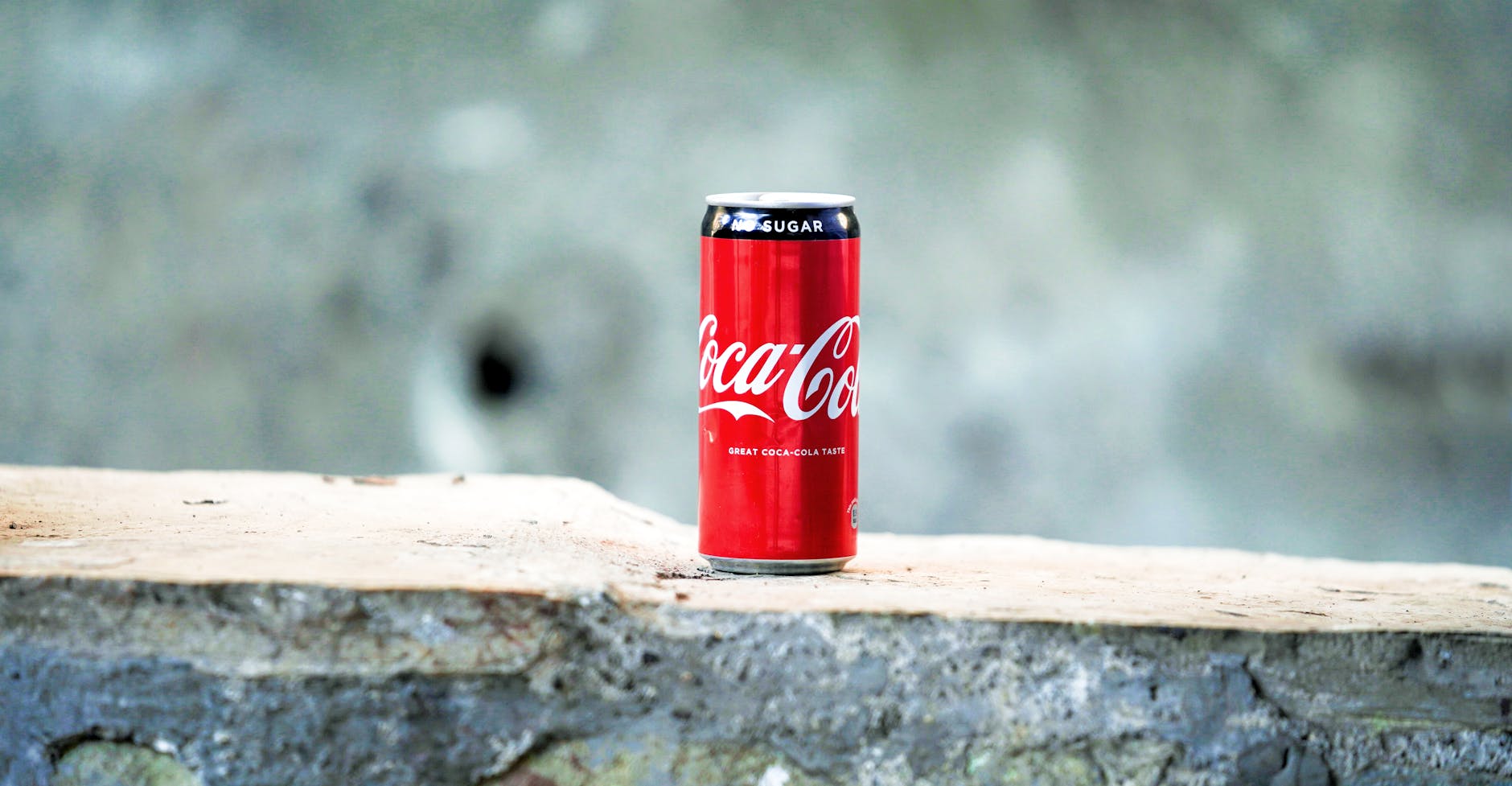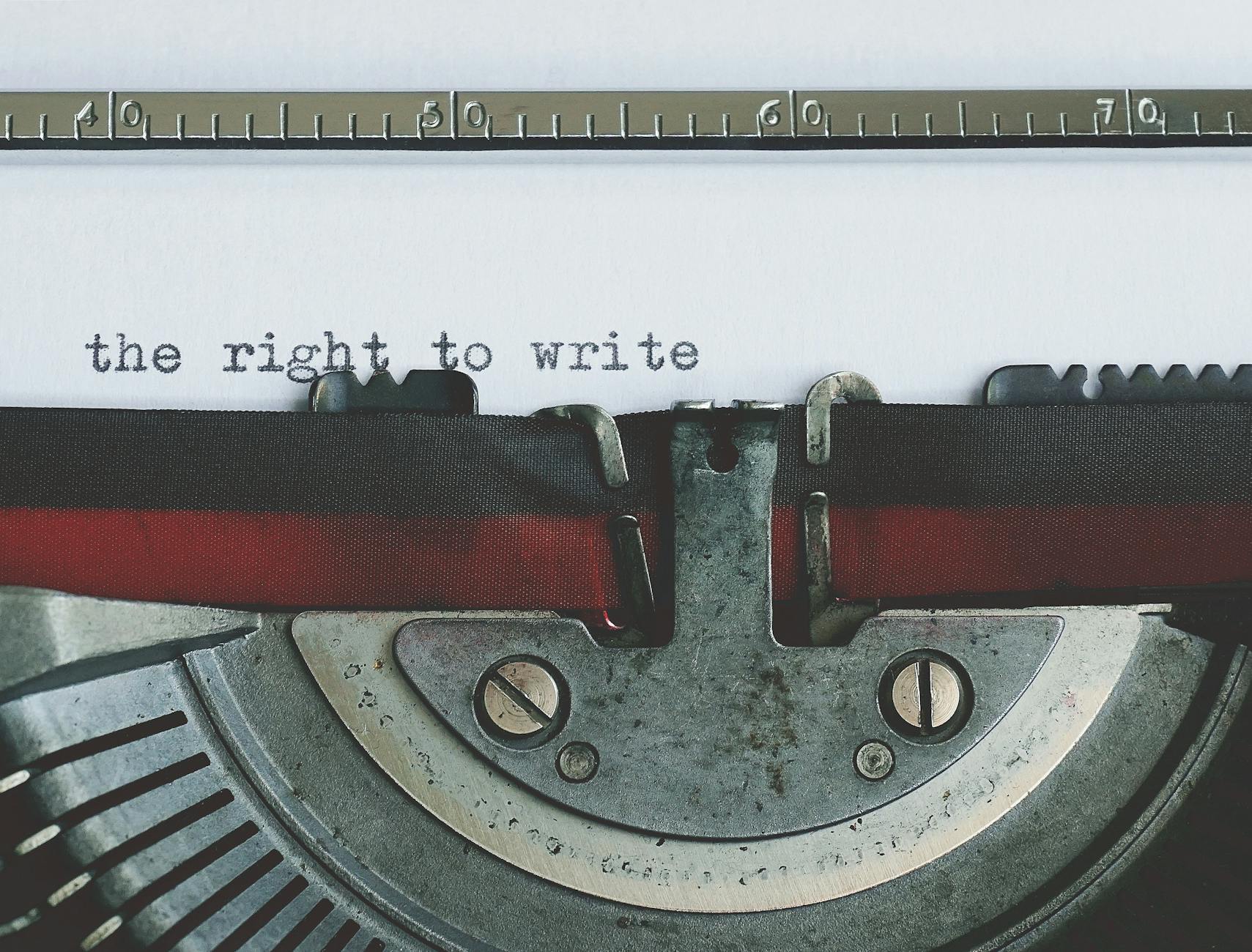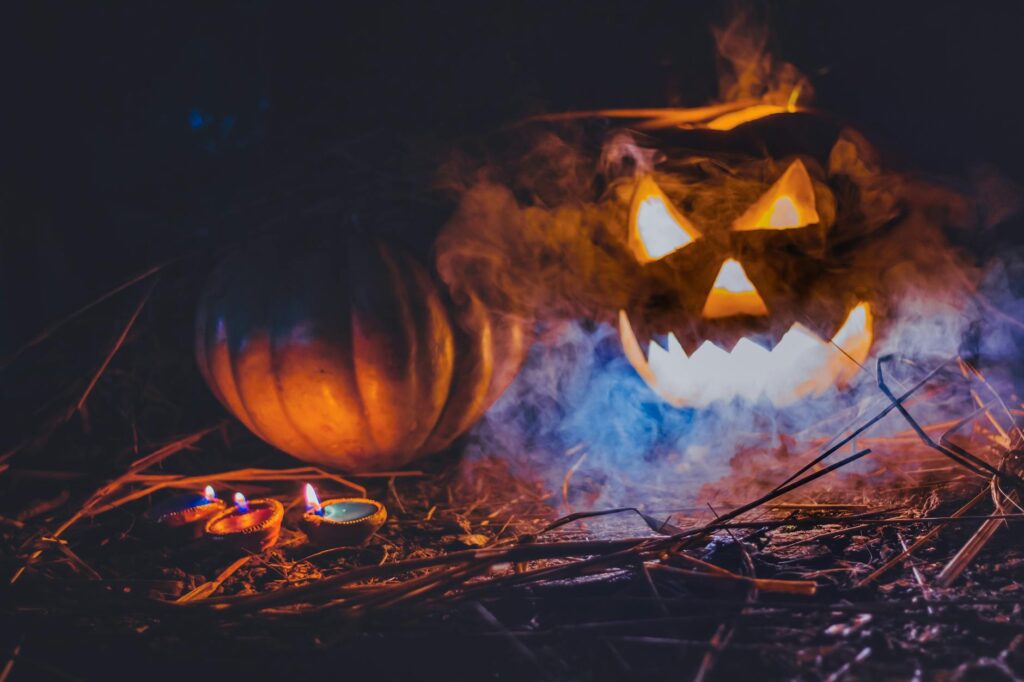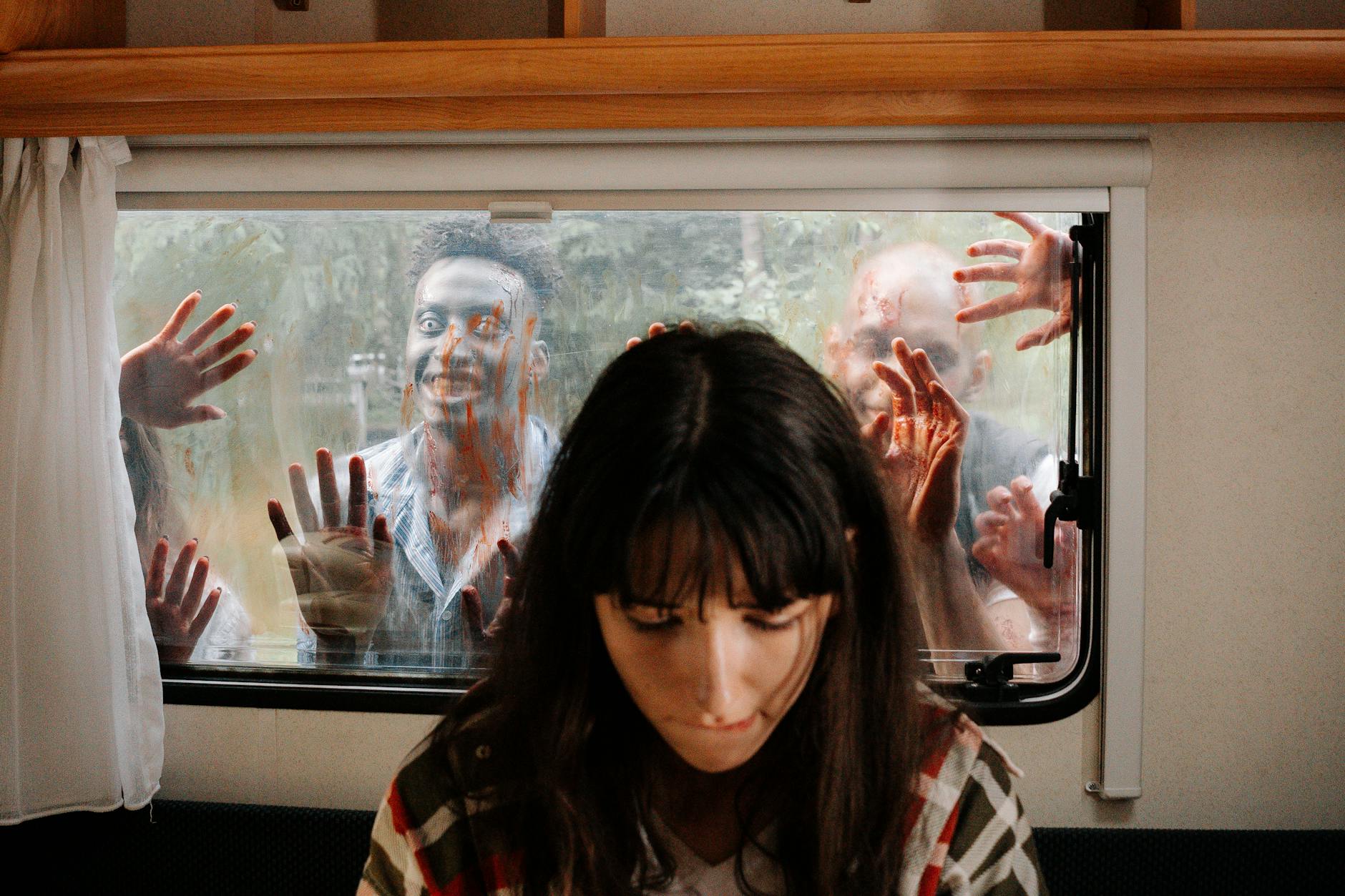Christmas cards are a cherished holiday tradition, embodying the spirit of giving, connection, and festive cheer. They have a rich history and cultural significance, evolving from humble beginnings to becoming a staple of Christmas celebrations worldwide. This article delves into the origins, evolution, and impact of Christmas cards, tracing their journey from the Victorian era to the digital age.
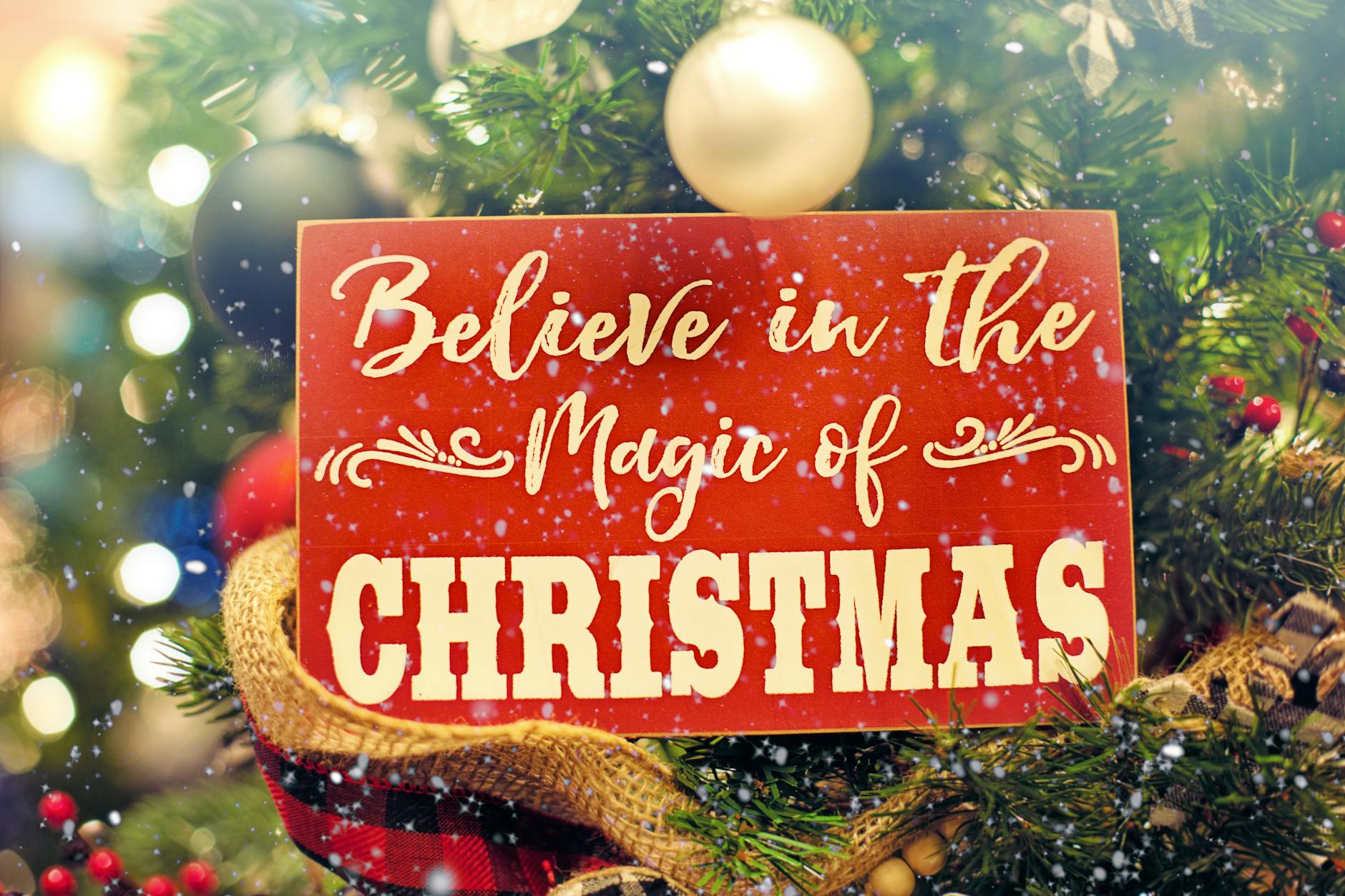
The Origins of the Christmas Card
The Christmas card tradition began in the Victorian era, a time when many modern Christmas customs were established. The first Christmas card is credited to Sir Henry Cole, a British civil servant and prominent social reformer. In 1843, Cole found himself too busy to write individual holiday greetings to his friends and business associates. Seeking a more efficient way to send his holiday wishes, he commissioned his friend, artist John Callcott Horsley, to design a card.
Horsley’s design featured a triptych: the center panel depicted a festive family celebration, while the side panels showed acts of charity, such as feeding the hungry and clothing the poor. The card bore the message, “A Merry Christmas and a Happy New Year to You.” This innovation combined holiday greetings with a visual representation of the season’s charitable spirit, laying the foundation for the Christmas card tradition.
The Growth of the Christmas Card Industry
Initially, Christmas cards were a luxury item, affordable only to the wealthy. However, advances in printing technology, particularly lithography, made it possible to produce cards more cheaply and in greater quantities. By the late 19th century, Christmas cards had become accessible to the middle class, leading to their widespread popularity.
The introduction of the penny post in 1840, which significantly reduced the cost of sending mail in the UK, also contributed to the growth of the Christmas card industry. This development allowed more people to exchange holiday greetings, further embedding the tradition in popular culture.
The Golden Age of Christmas Cards
The late 19th and early 20th centuries are often referred to as the “Golden Age” of Christmas cards. During this period, card designs became more elaborate and diverse, reflecting the artistic trends and social values of the time. Victorian cards often featured intricate illustrations of holly, ivy, robins, and winter scenes, along with sentimental verses.
As the tradition spread to other countries, different cultural influences began to shape the designs. In the United States, for example, Christmas cards often included images of Santa Claus, reindeer, and Christmas trees, reflecting American holiday customs.
The Role of Christmas Cards in World War I and II
Christmas cards took on special significance during World War I and World War II, serving as a means of maintaining connections and boosting morale. Soldiers on the front lines and their families at home exchanged cards to express their love and support during the difficult wartime periods.
These wartime cards often featured patriotic themes and messages of hope and resilience. They provided a sense of normalcy and comfort, reminding people of the enduring spirit of Christmas even in the face of adversity.
The Evolution of Christmas Card Designs
Over the decades, Christmas card designs have continued to evolve, reflecting changes in technology, artistic styles, and social attitudes. Here are some notable trends and developments in Christmas card design:
- Art Deco and Art Nouveau: In the early 20th century, Christmas cards were influenced by the Art Deco and Art Nouveau movements, characterized by bold geometric patterns, stylized forms, and ornate details.
- Modernism and Minimalism: The mid-20th century saw the rise of modernism and minimalism in design, leading to simpler, more abstract Christmas card illustrations. This period also saw the introduction of humorous and novelty cards.
- Photographic Cards: With the advent of affordable photography, many people began sending Christmas cards featuring family photos. These personalized cards allowed senders to share a glimpse of their lives with friends and relatives.
- Pop Culture and Commercialization: The late 20th century and early 21st century have seen Christmas card designs influenced by pop culture, featuring popular characters from movies, TV shows, and cartoons. Additionally, the commercialization of Christmas has led to a proliferation of branded cards.
- Eco-Friendly and Handmade Cards: In recent years, there has been a growing interest in eco-friendly and handmade Christmas cards. Many people are opting for cards made from recycled materials or creating their own cards to add a personal touch and reduce environmental impact.
The Impact of Digital Technology
The digital age has brought significant changes to the Christmas card tradition. E-cards, which can be sent instantly via email or social media, have become a popular alternative to traditional paper cards. These digital greetings often feature animations, music, and interactive elements, providing a new way to spread holiday cheer.
Social media platforms also play a role in modern Christmas greetings, allowing people to share festive messages, photos, and videos with a wider audience. Despite the convenience and immediacy of digital greetings, many people still appreciate the tangible, personal nature of traditional Christmas cards.
The Cultural Significance of Christmas Cards
Christmas cards hold cultural significance beyond their role as holiday greetings. They serve as a reflection of social values, artistic trends, and technological advancements over time. Here are a few ways in which Christmas cards contribute to cultural heritage:
- Artistic Expression: Christmas cards provide a platform for artists and designers to showcase their creativity. Many renowned illustrators and graphic designers have contributed to the rich visual history of Christmas cards, creating works that are cherished as pieces of art.
- Historical Documentation: Christmas cards offer insights into the customs, fashions, and values of different eras. Collectors and historians study vintage cards to understand how people celebrated Christmas and what themes were important to them.
- Family Traditions: Exchanging Christmas cards is a cherished tradition for many families, creating a sense of continuity and connection across generations. Cards often include personal notes, updates, and well wishes, making them a meaningful part of holiday celebrations.
- Philanthropy: Many organizations and charities produce and sell Christmas cards as a fundraising initiative. Purchasing these cards supports various causes, allowing people to combine their holiday greetings with acts of charity.
The Future of Christmas Cards
As we look to the future, the Christmas card tradition is likely to continue evolving in response to changing technologies, environmental concerns, and cultural shifts. Here are some trends and possibilities for the future of Christmas cards:
- Sustainable Practices: With increasing awareness of environmental issues, there is likely to be a greater emphasis on sustainable practices in the production and disposal of Christmas cards. This could include the use of recycled materials, biodegradable inks, and eco-friendly packaging.
- Digital Innovation: Advances in digital technology may lead to new forms of Christmas greetings, such as augmented reality (AR) and virtual reality (VR) cards. These interactive experiences could add a new dimension to holiday greetings, allowing recipients to engage with the card in innovative ways.
- Customization and Personalization: The demand for personalized and custom-made cards is likely to grow, as people seek to create unique and meaningful holiday greetings. Online tools and printing services make it easier for individuals to design and order personalized cards.
- Hybrid Greetings: The future may see a blend of traditional and digital elements in Christmas greetings. For example, a physical card could include a QR code that links to a personalized video message or interactive content.
The Christmas card tradition has come a long way since its inception in the Victorian era. From its humble beginnings as a means of efficient holiday communication, the Christmas card has evolved into a cherished symbol of the festive season. Throughout its history, it has reflected artistic trends, social values, and technological advancements, while maintaining its core purpose of spreading joy and connection.
As we navigate the digital age and face new environmental challenges, the Christmas card tradition will continue to adapt and innovate. Whether through traditional paper cards or digital greetings, the spirit of sending holiday wishes remains a beloved and enduring part of Christmas celebrations. The Christmas card, in all its forms, serves as a reminder of the warmth, generosity, and creativity that define the holiday season.










